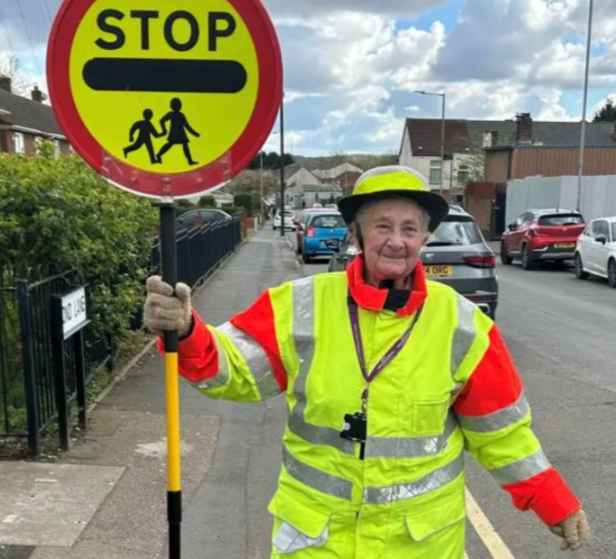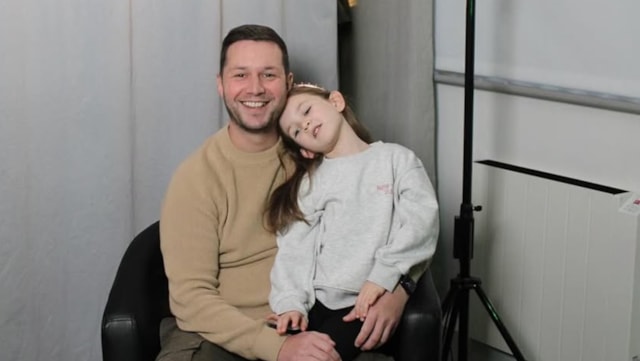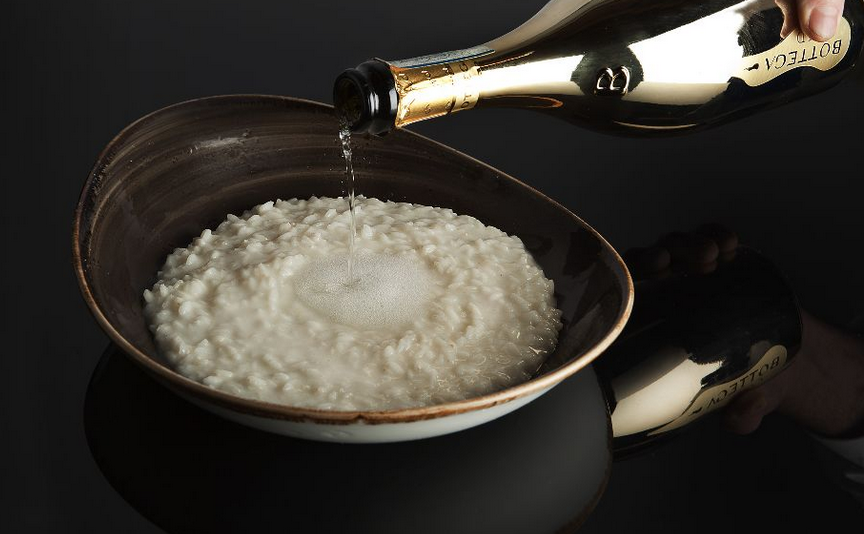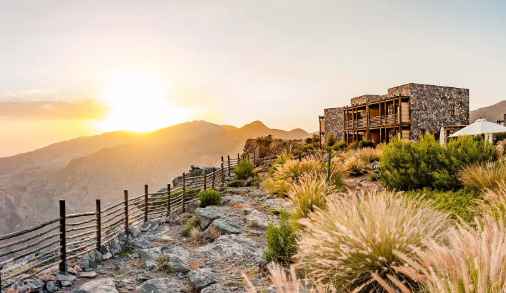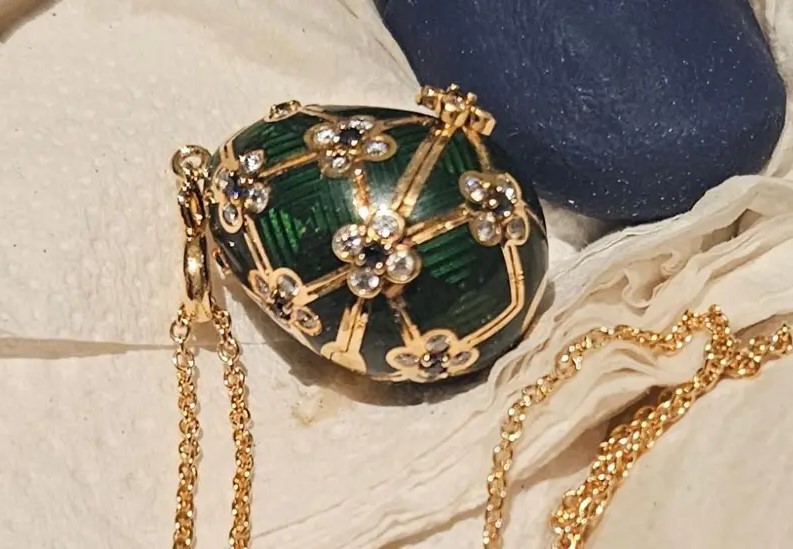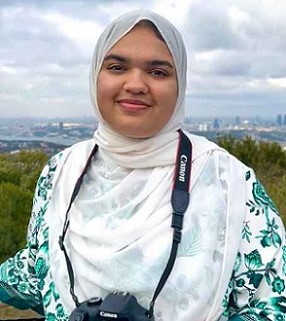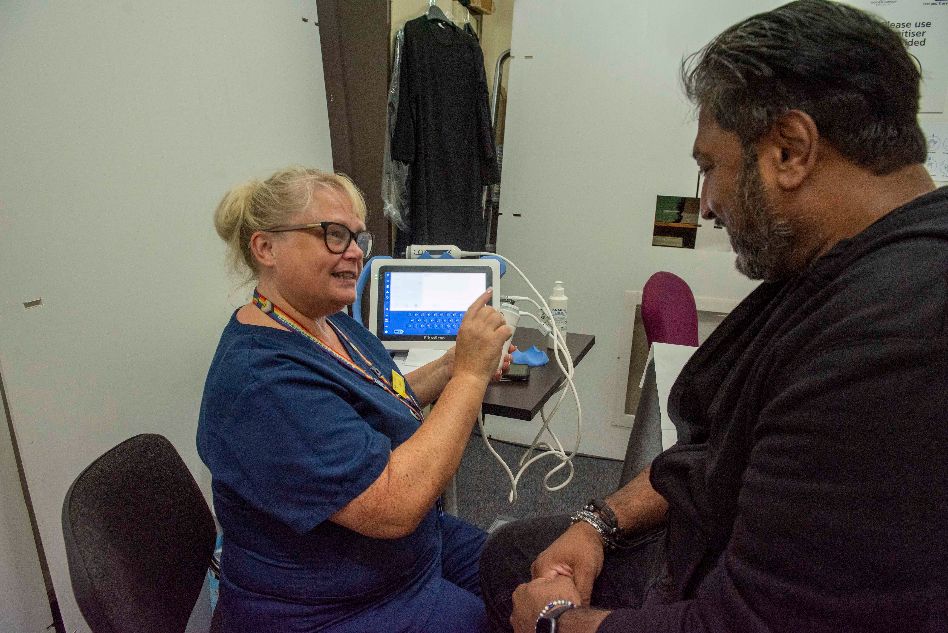Leakage is always a hot topic, and with a target to reduce our levels by 15%, Severn Trent is determined to rise to the challenge. The company is already using drones to spot leaks from the air, and now they’ve gone one step further - leakage detection from space!
Dr Bob Stear, Head of Innovation at Severn Trent, explains: “At the moment leakage detection hasn’t developed much in the way of new emerging technologies, so we’ve chosen to take a chance on satellites. We’re doing two trials to find leaks in different ways.”
We’re working with Rezatec, who analyse different types of satellite data and imagery to monitor changes in the landscape near to the pipe. This includes changes to the vegetation, water content in soil, water accumulation and sub-centimetre ground movement all of which help to identify potential leakage.
We’re also doing some work with Utilis, using a Japanese satellite, 637km above the earth. It works by picking up a signature of longwave radiation of chlorine in water, tracking the “signature” of drinking water escaping into the ground.
The trials have so far identified many points of interest, which teams are then following up with onsite investigations. Any leaks found are then planned in and fixed as soon as possible.
Bob added, “We’re really excited to be working on this. Its early days so far, but it’s looking really promising. What’s really impressive is that we’re picking up leaks as small as boundary boxes and leaks on valves – something that is normally incredibly difficult to pinpoint.
“With this new Satellite technology, the time it takes to locate leaks should significantly reduce, which is obviously great news for leakage levels and our customers. We can see clearly the value that this level of geospatial data insight can deliver and we fully expect to be able to improve our costs and efficiency by making better informed decisions when finding and fixing leaks.”
Philip Briscoe, COO of Rezatec said: “It’s incredible what we can understand from satellite data in relation to monitoring asset networks. Identifying high risk areas of underground pipeline infrastructure and detecting symptoms of leakage is a cost-effective alternative to more traditional methods as its non-invasive, frequently updated and highly scalable.”
Nick Haskins of SUEZ UK, who are exclusive representatives of Utilis in the U.K. and Ireland, is very excited to be working alongside Severn Trent with this ground breaking technology: “Having the opportunity to work with Severn Trent on this project is very exciting. Using a satellite, orbiting the Earth at 633km, offers the most up to date and innovative method for locating water leaks. This gives water companies the ability to survey the whole water pipe network in a single operation. This, of course, has the added benefit of being completely discreet to the customer and without any disruption to them.”




